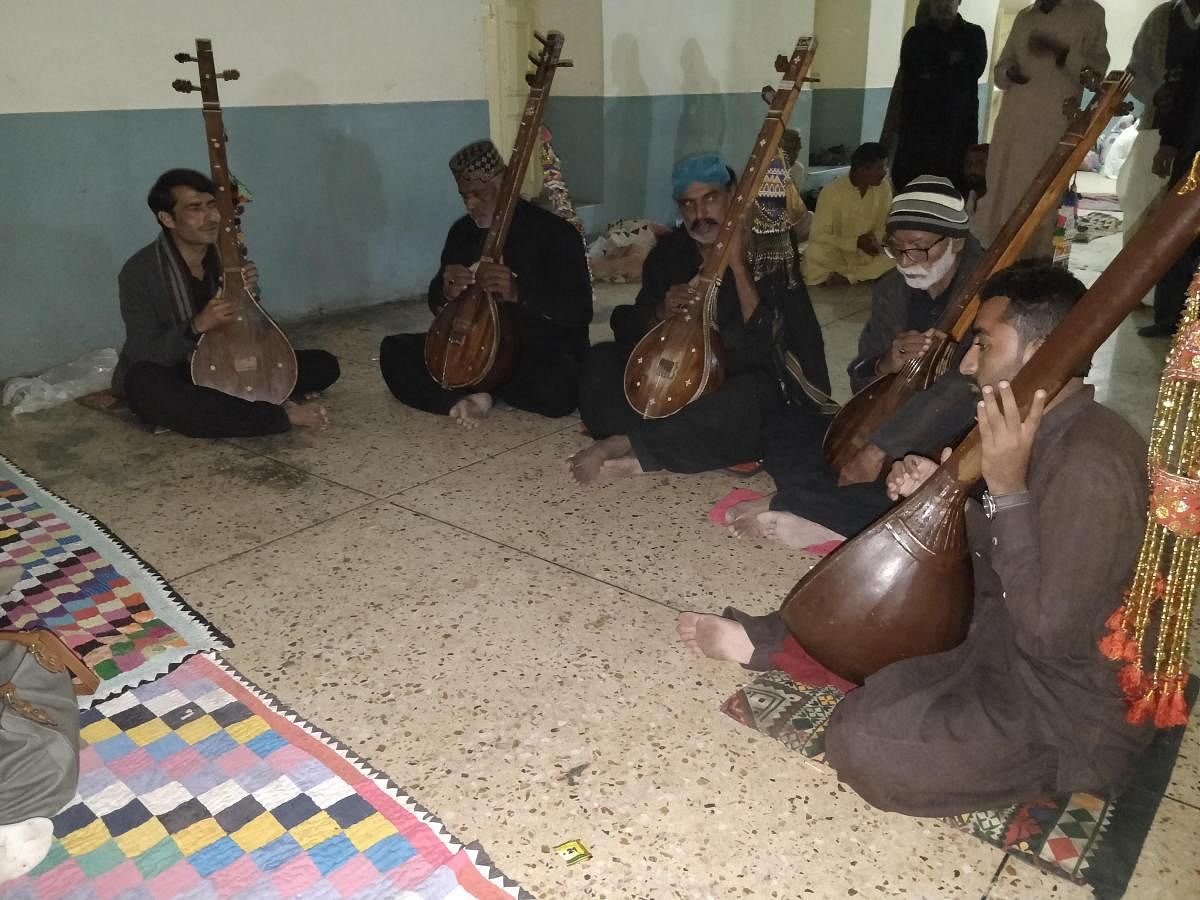
A Bengaluru organisation on Sunday will premiere a webinar series on the history and culture of Sindh, a province in Pakistan, which saw a huge migration in the Partition years.
‘Doorway to Sindh’ features 40 scholarly talks, of which six go live on September 4. Aruna Madnani, whose parents fled from Sindh to Bombay in January 1948 and who runs Sindhi Culture Foundation in the city, has curated these talks.
The webinar was a serious undertaking for two years. Aruna, 65, wanted to design it like a well-structured academic course, presided by experts on history, archaeology and anthropology, and to address a non-academic audience "through the material culture they are divorced from".
And so, the opening talk ‘Sindh: Real and Imagined’ is like an orientation class for Sindhis who have never been to Sindh but have heard of their home up the Indus river from parents and grandparents. “It will capture this dichotomy of knowing but not knowing,” she says.
No mention of the Indus river is complete without discussing the pre-historic cities of Mohenjo-daro and Harappa. A talk on Harappan DNA, which links South Asians with people from the Indus Valley Civilisation, is scheduled. “Not a single weapon, (ostentatious) palace or pyramid has been found in Mohenjo-daro, which leads us to believe it was a peace-loving and democratic society,” Aruna talks about the settlement known for trading, city planning and civil engineering.
Experts will also discuss Hinglaj, a Hindu pilgrimage site in Balochistan, Pakistan. It is known for religious syncretism also common in temples in Sindh. ‘The Legend of Marui’ will offer a glimpse of the poetry and wisdom of Sindhi Sufi mystic, Shah Abdul Latif. “My mother and grandparents would quote him every day, in context. Our generation has lost this wisdom” she regrets.
Aruna has a background in the textile and hotel industry but sounds like a historian, rattling off facts and fables about Sindh in quick succession. “As a child, I would ask my family about our home in Sindh non-stop. They would tell me stories of happy times and favourite food spots but go silent about the Partition time.”
In 2018, she flew to Sindh in search of homes her parents and her in-laws, both neighbours, lived in the city of Shikarpur. “My father’s home was opposite a girls’ school, which was no longer that when I visited. I turned up at another girls’ school but there was no house in sight. A university professor put me on to a retired librarian, who found my father’s home, his clinic and a sweets shop he liked. I brought back sai mithai (made from pista) from the shop for my father,” she tells Metrolife.
Recalling a funny instance, she said, “During the search, I was taken to a haveli many times by different people showing me Shikarpur. When I showed the photos to my mother’s best friend one day, she remarked ‘Oh! That’s my home in Sindh’.”
The trip opened her eyes to the vast heritage of Sindh as she saw Mohenjo-daro, Sehwan Sharif, home to important Sufi shrines, and Makli Necropolis (the world’s largest cemetery).
The pandemic showed that it’s possible to connect, talk and learn virtually from anywhere, Aruna explains why she curated ‘Doorway to Sindh’ as a web series. “The young generation of Sindhis may not want to listen to these talks today but maybe in the future. These will remain a legacy they can access."
*It premiers on September 4 on 'Doorway to Sindh' on Youtube and Facebook.